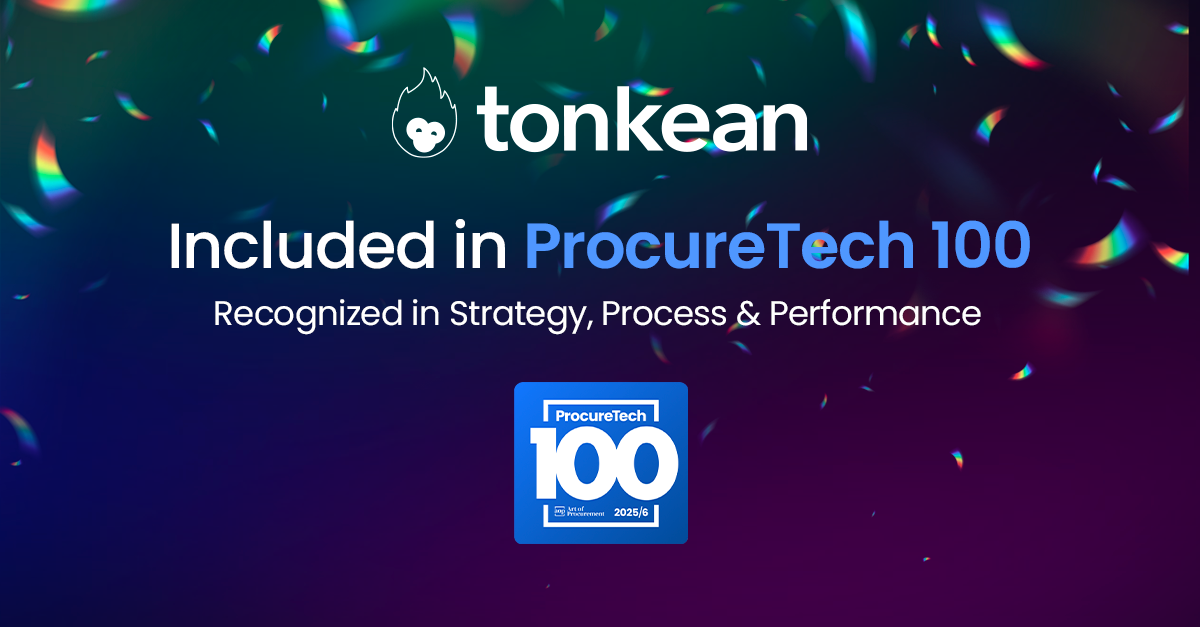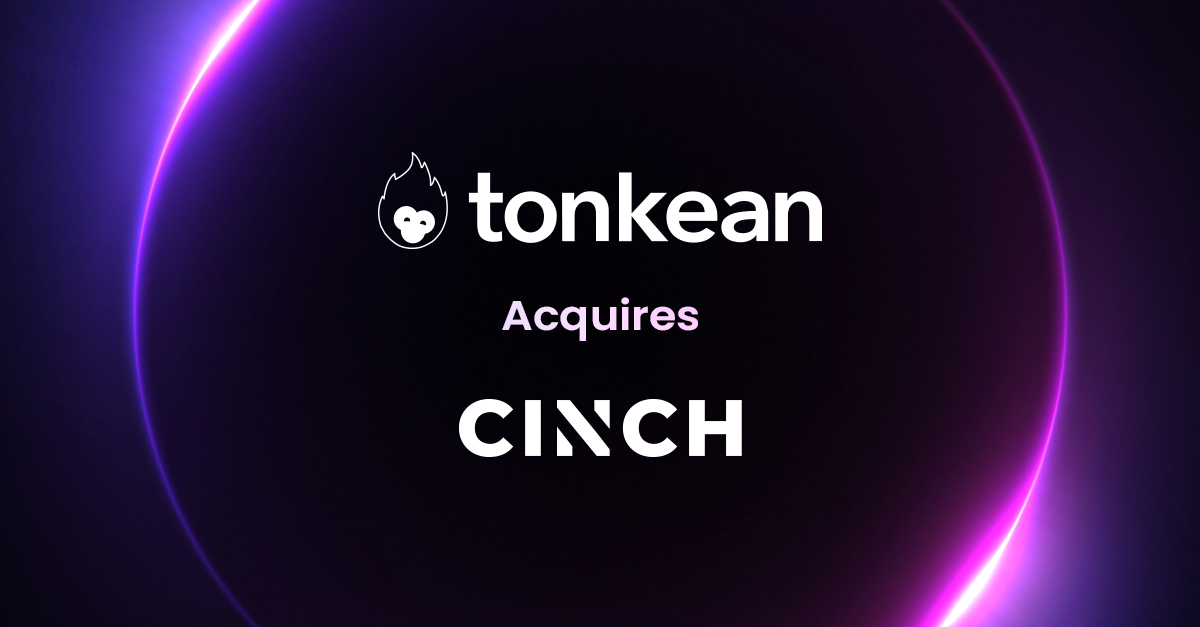
Whether your organization is small or large, in SaaS or not, empowering your people to get stuff done faster and on their own—to more quickly improve processes, increase alignment, implement new technologies—has arguably never been more important.
In fact, recent market dynamics—a recession here, market contractions there—have made being able to operate in a more agile way a matter of survival.
But most organizations don’t have what they need in order to operate in an agile way at scale. Specifically, people lack the ability to operate in a true agile manner—that is, to deliver solutions and fix problems in an iterative, incremental, and adaptive way, as product and development teams are able to by way of the Cloud.
In partnership with Gartner Peer Insights, we surveyed 200 IT and Operations professionals working in leading organizations to find out what organizations are doing to bridge these gaps and help bring about a more agile future of operations.
Here are some of the questions we asked.
All of today’s most innovative companies are operating in an agile way.
Or, they’re trying to. What investments are organizations making to this end? What’s being done by COOs to manifest a new, more agile, and more efficient future?
One answer is composable software, through which ops teams can build automations using a no-code interface: 84% of IT leaders surveyed believe that a “composable business structure is of medium or high importance to their organization today.”
Of course, everyone wants to empower employees to operate with autonomy. Everyone wants to use automation and no-code more effectively. Most organizations believe in the power of composability to increase agility.
But what’s still holding us back? (Only 4% of respondents report extending composability throughout most of their organization.) What are the roadblocks that are still proving the most difficult to overcome—including those related to the implementation and management of innovative technologies, such as automation and no-code?
Well, in most organizations, the ability to build independently or operate in a true agile manner remains the explicit purview of IT. According to our survey, 71% of IT leaders mostly custom build solutions in-house. That is, in most orgs, it’s still developers building internal operational solutions. Knowing how to “operationalize composability” is a significant or major barrier for 65% of respondents.
Application governance, security, and compliance remains a high or top priority for most organizations—and has to play a crucial role especially in the adoption and implementation of composable software and no-code.
The future of business operations will be defined by organizations who manage to create a new operational model wherein all teams inside an organization have the agency, agility, and structure they need to lead process optimization efforts on their own.
But what are organizations doing to help their operations “go agile” in a way that doesn’t create technical debt or imperil data?

